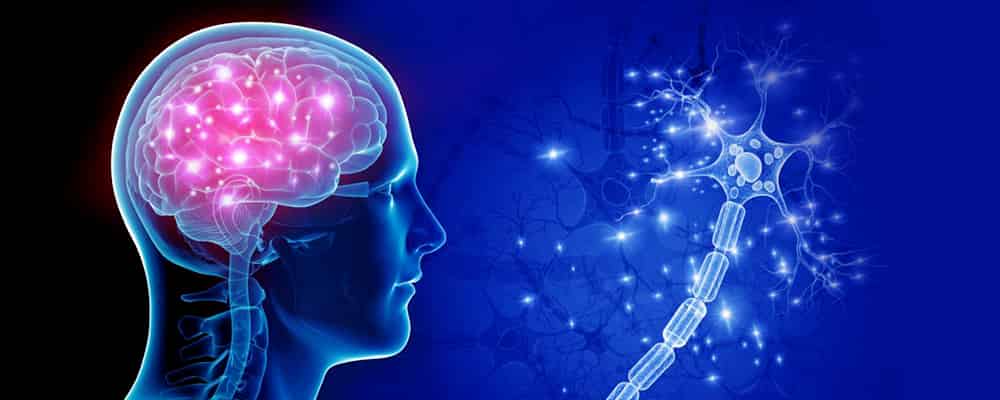Noncommunicable and injury-related neurological illnesses have more than doubled in India in the last three decades, according to the Global Burden of Disease Study 1990-2019, with significant state-level variations.
Neurological diseases and mental disorders have emerged as severe public health concerns and substantial challenges to healthcare systems worldwide. India’s population, in particular, is undergoing an epidemiological and demographic transformation, increasing the burden of non-communicable diseases, including brain and mind ailments. According to Dr. Mohana Rao of one of the leading neurology hospitals in Guntur, this is also due to increased longevity and changing lifestyles.
Dr. Rao’s Hospital for Neurosciences is the first autonomous state-of-the-art center for the comprehensive brain, spine, and nerve care in two Telugu states. Its holistic approach to inpatient care is regarded as one of the best neurological hospitals in Guntur, Andhra Pradesh. You can expect prompt and individualized medical care here.


This leading neurosurgery hospital in Guntur provides comprehensive care for advanced brain tumors, neurosurgery, minimally invasive neurosurgery, endoscopic and microscopic keyhole surgeries for both the brain and spine, Brain port minimally invasive neuro-oncology with radiosurgery, interventional neuroradiology for all neurological diseases, neuropsychology, and neuro-rehabilitation.
Dr. Rao’s Hospital is a self-contained neurology facility in Guntur, Andhra Pradesh, that offers all types of stroke and cerebrovascular therapies and functional neurosurgery.
Noncommunicable and injury-related neurological illnesses have more than doubled in India in the last three decades, according to the Global Burden of Disease Study 1990-2019 published recently in Lancet Global Health, with significant state-level variations. Because health is a state matter, state-specific actions to eliminate gaps are urgently needed.
Stroke, a severe neurological ailment, is more common among India’s younger population than in the West, accounting for 37.9% of the country’s overall neurological disease burden. In high-income countries, stroke incidence and death have been progressively dropping, but these rates have more than doubled in India in the previous three decades. Every year, about 600,000 people with impairments who have had a stroke are added to the population. The most common neurological ailment, headache, accounts for 17.5 percent of the total disease burden.
India also has a population of 10 to 12 million epileptics. In India, over 800,000 people suffer from Parkinson’s disease. According to Dr. Mohana Rao, a neurology expert, the aging population in India is seeing a rapid rise in the number of dementia patients due to an increase in life expectancy to nearly 70 years.
India’s senior population is expected to grow from 7.1 percent in 2001 to 17 percent by 2050. By 2050, there will be more than 300 million senior persons, increasing diseases like dementia. Dementia-related health care is predicted to cost more than $150 billion per year.
While neurological problems linked to poverty and underdevelopment are declining, non-communicable neurological disorders are on the rise. While it is critical to integrate neurological care within primary care, this must be reinforced by access to specialized neurological services.
With 1.4 billion inhabitants, there are now fewer than 2,500 neurologists in the country. This equates to two neurologists per million people, which is an appalling doctor-to-patient ratio. Furthermore, the majority of neurologists are clustered in major cities.
Neurological services have taken another hit with Covid-19. The disruption/modification of routine care has harmed patients with chronic neurological disorders such as epilepsy, Parkinson’s disease, multiple sclerosis, and stroke. Social distancing and social isolation and other public health policies have had negative consequences for the elderly who require assistance. SARS-neurological CoV-2’s involvement range is continually changing, and long-term neurological repercussions are still unknown.
The National Program for Cancer, Diabetes, Cardiovascular Diseases, and Stroke Prevention and Control, launched in 2010, is a step in the right direction. More national policies and programs should be developed for epilepsy, neuro infections, dementia, and neurodegenerative illnesses. Furthermore, district hospitals are significant secondary healthcare centers across states, but they are weak in our public healthcare system. In India, the frail district health system needs to be improved with CT scanners, skilled personnel, and infrastructure.
The weight of neurological disease is staring us in the face. This grim situation will significantly strain India’s health care system in the coming years unless preparation, planning, and urgent steps for treatment and long-term care of an increasing population of neurologically affected people are instituted, warns Dr. Mohana Rao of the top neurology hospital in Guntur. This necessitates the immediate prioritization of targeted prevention and treatment programs.
Importantly, capacity-building in terms of neurology training with equitable distribution and incentives to settle in tier two and three cities could be critical in providing high-quality care to these patients.
Even though the number of specialized training seats in neurology has expanded from 30 in 1990 to approximately 500 by 2020, there is still a shortage. To deal with the looming epidemic of neurological illnesses, we need more skilled personnel. All stakeholders, including the medical profession, scientists, researchers, and civil society, share responsibilities for raising awareness about brain health and assisting government agencies and non-governmental organizations in providing adequate treatment and prevention of neurological problems. Millions of Indians will benefit from this, as they will have easier access to care and a higher quality of life.
